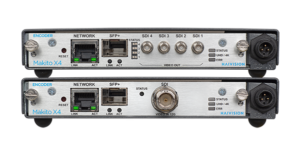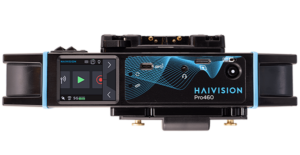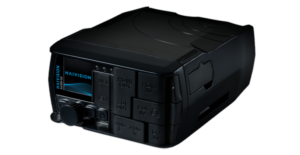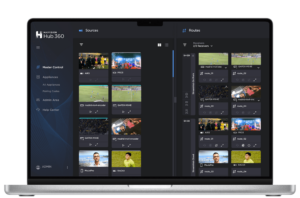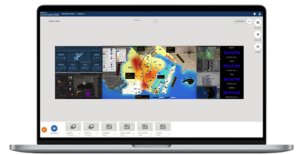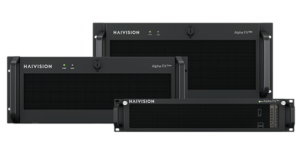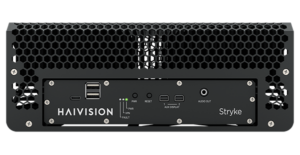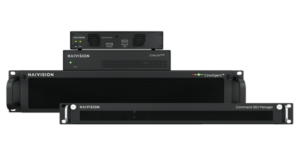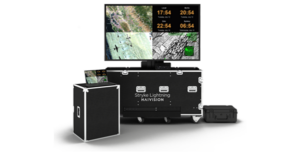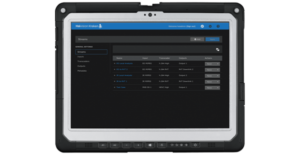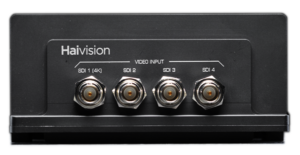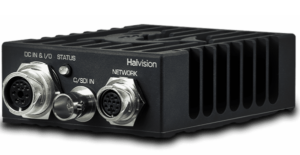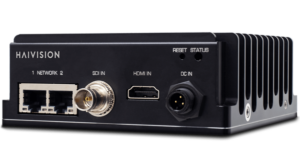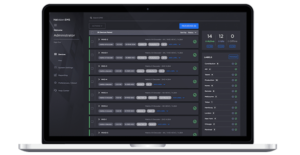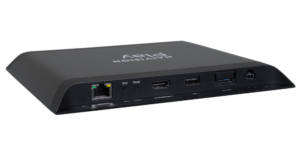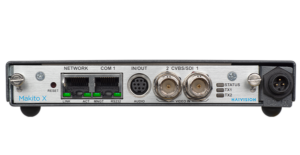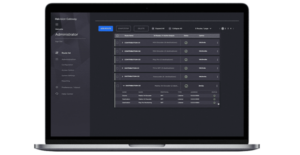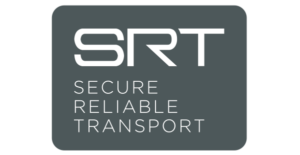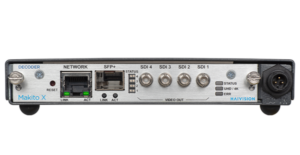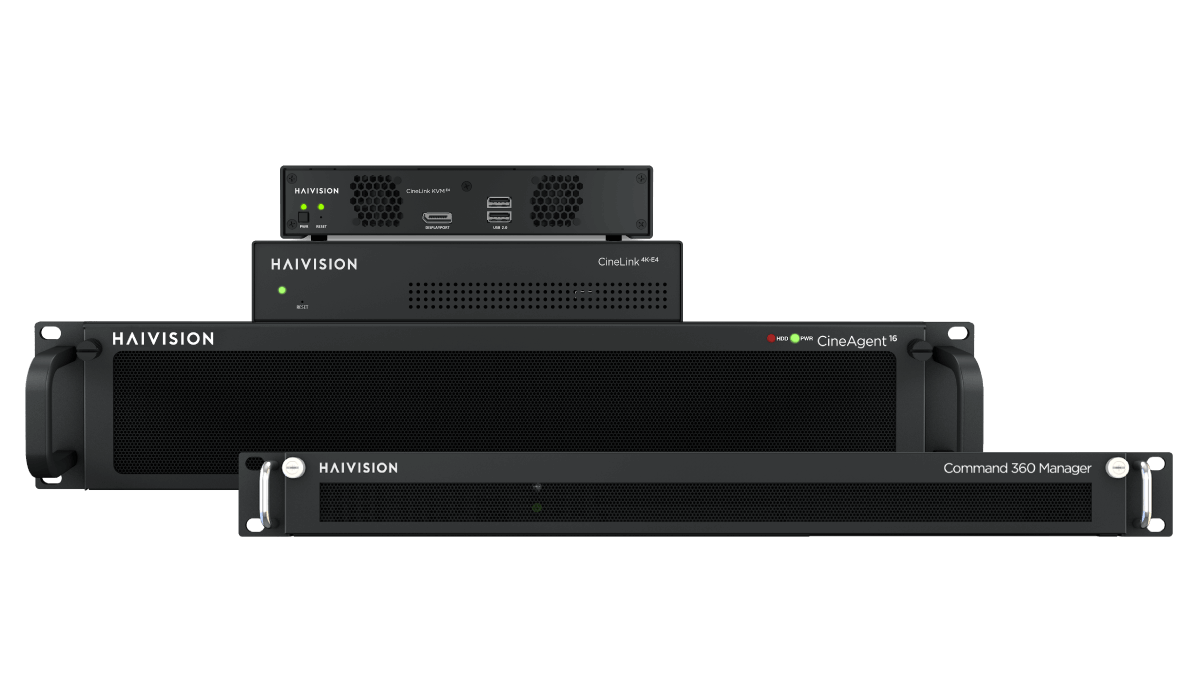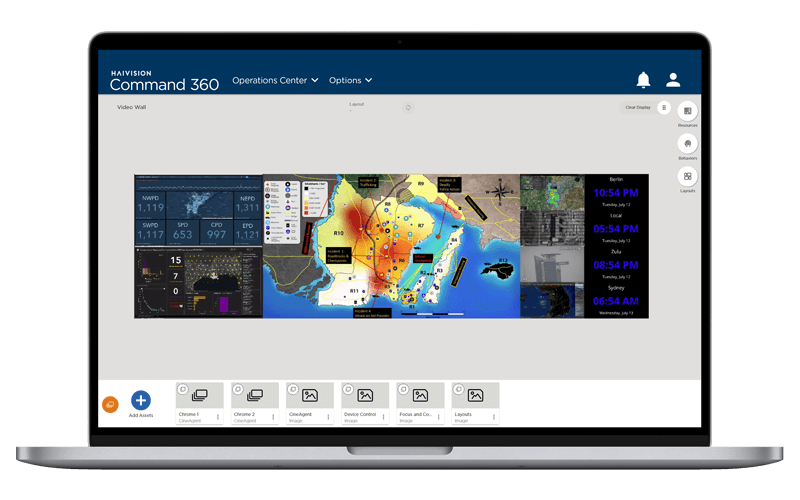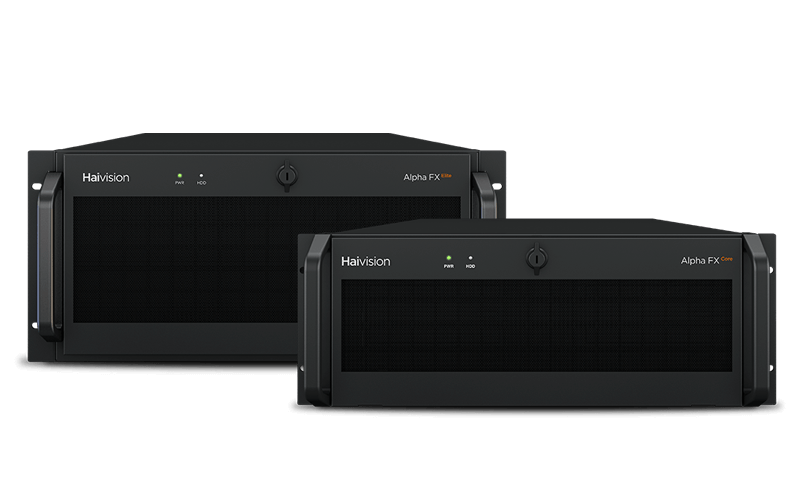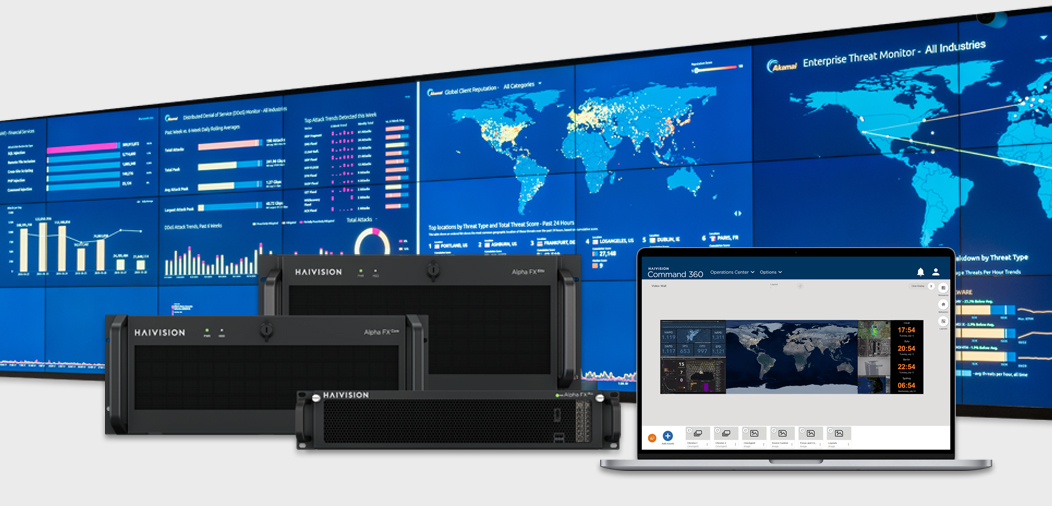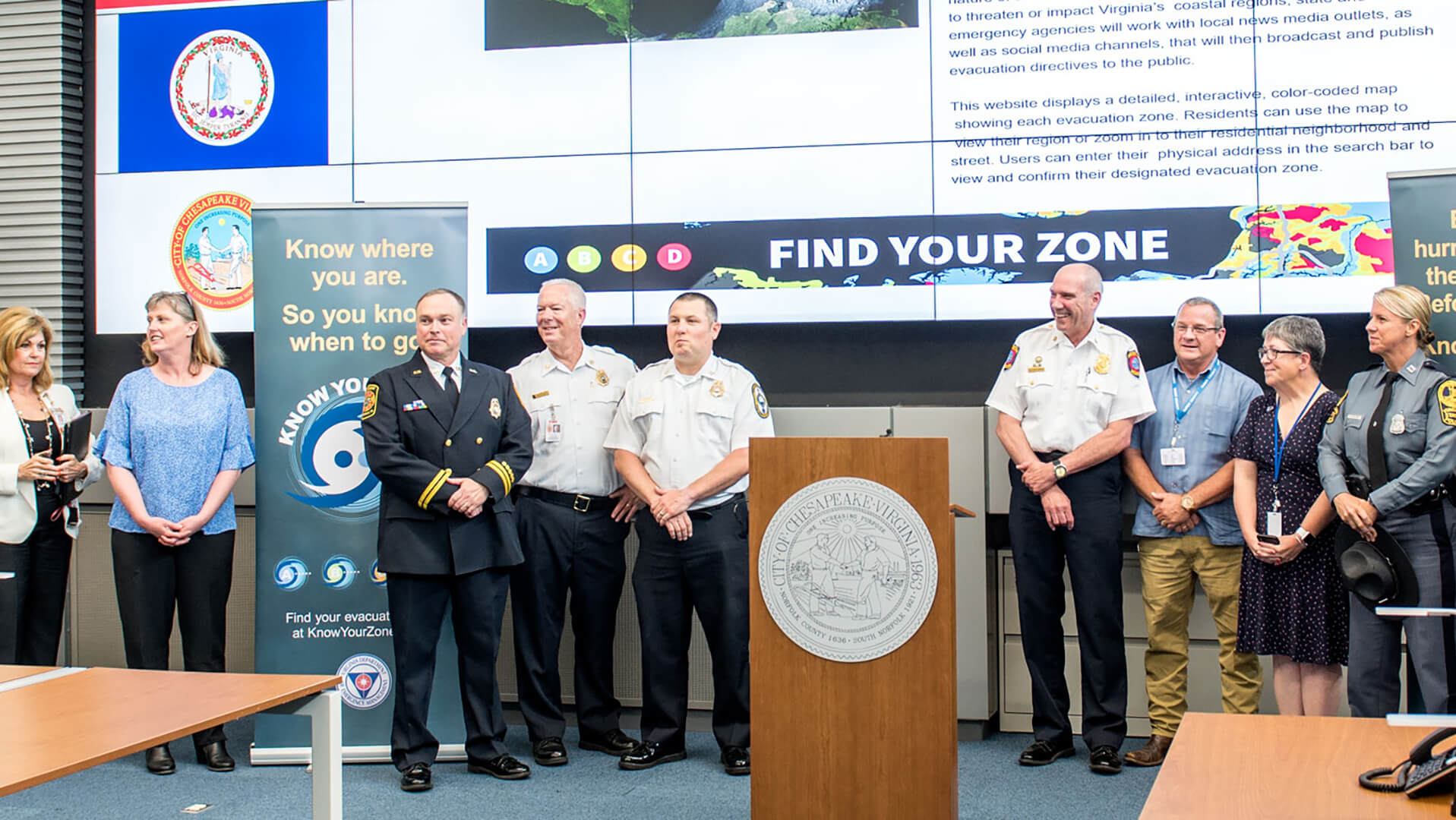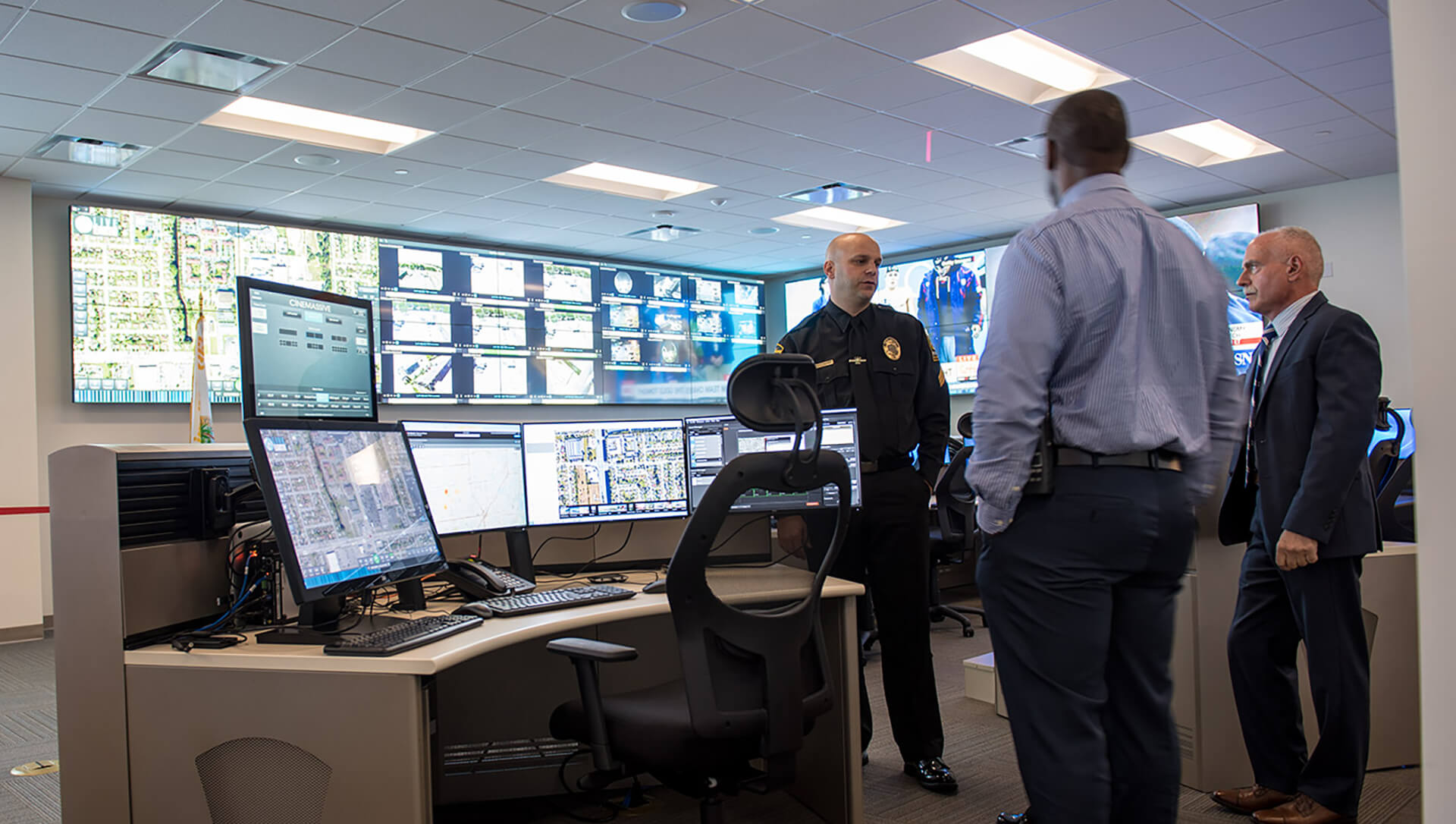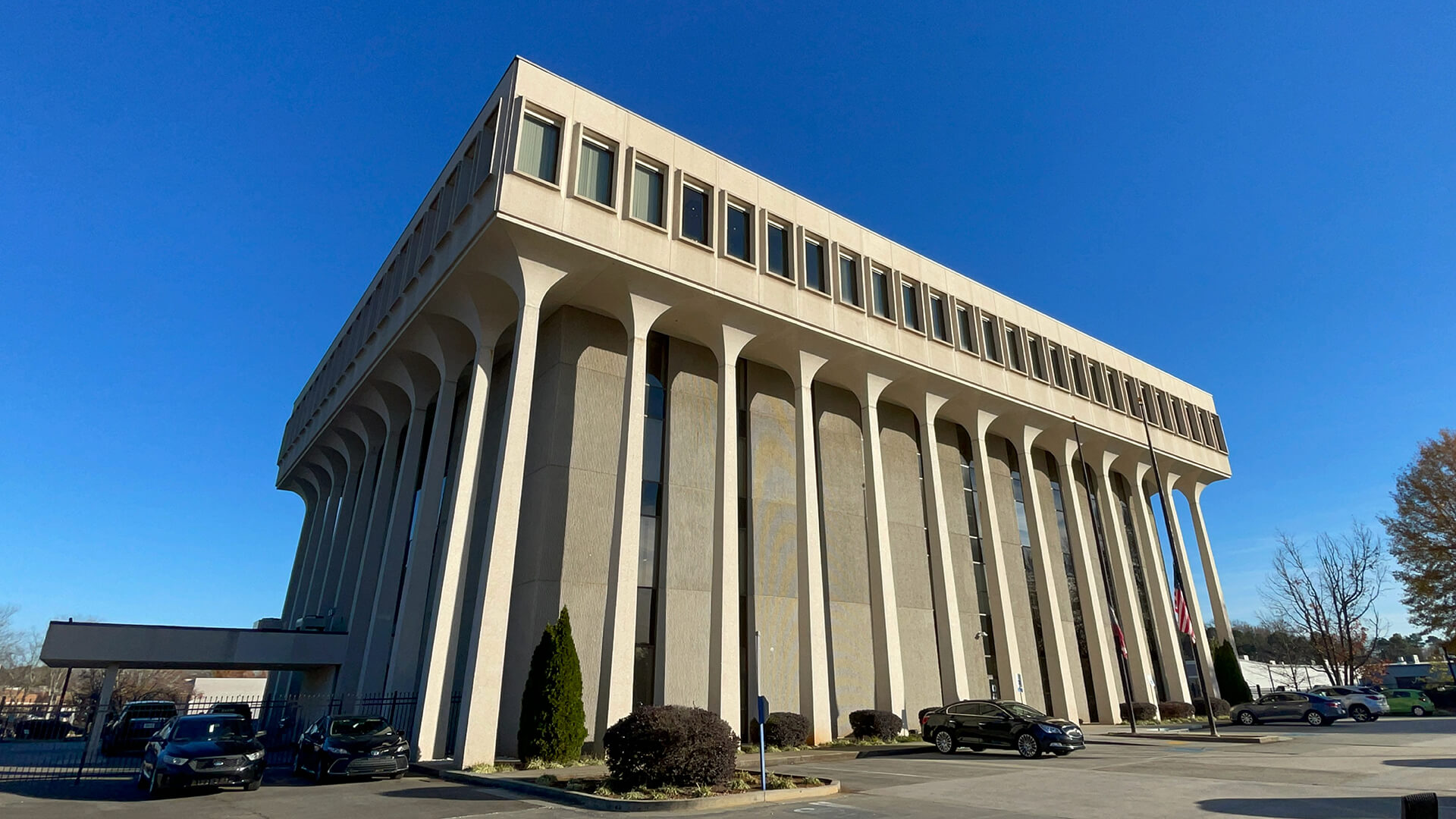Charlotte, nicknamed the Queen City and located in Mecklenburg County, is the largest city in North Carolina with a population of almost 900,000. It is the cultural, economic, and transportation center of the burgeoning Charlotte metropolitan area and is consistently ranked as one of the fastest-growing cities in the US.
“By standardizing on a single technology platform, we are now able to successfully share video and content between systems and entities across disparate geographical locations with ease.”
Crystal Cody
Public Safety Technology Director, City of Charlotte
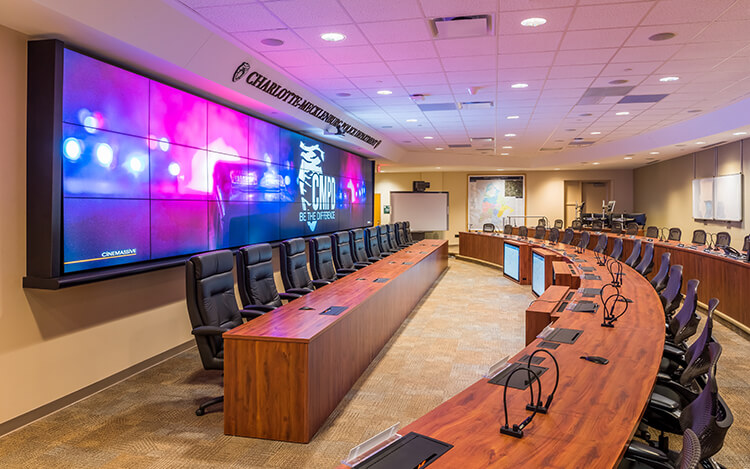
The Challenge
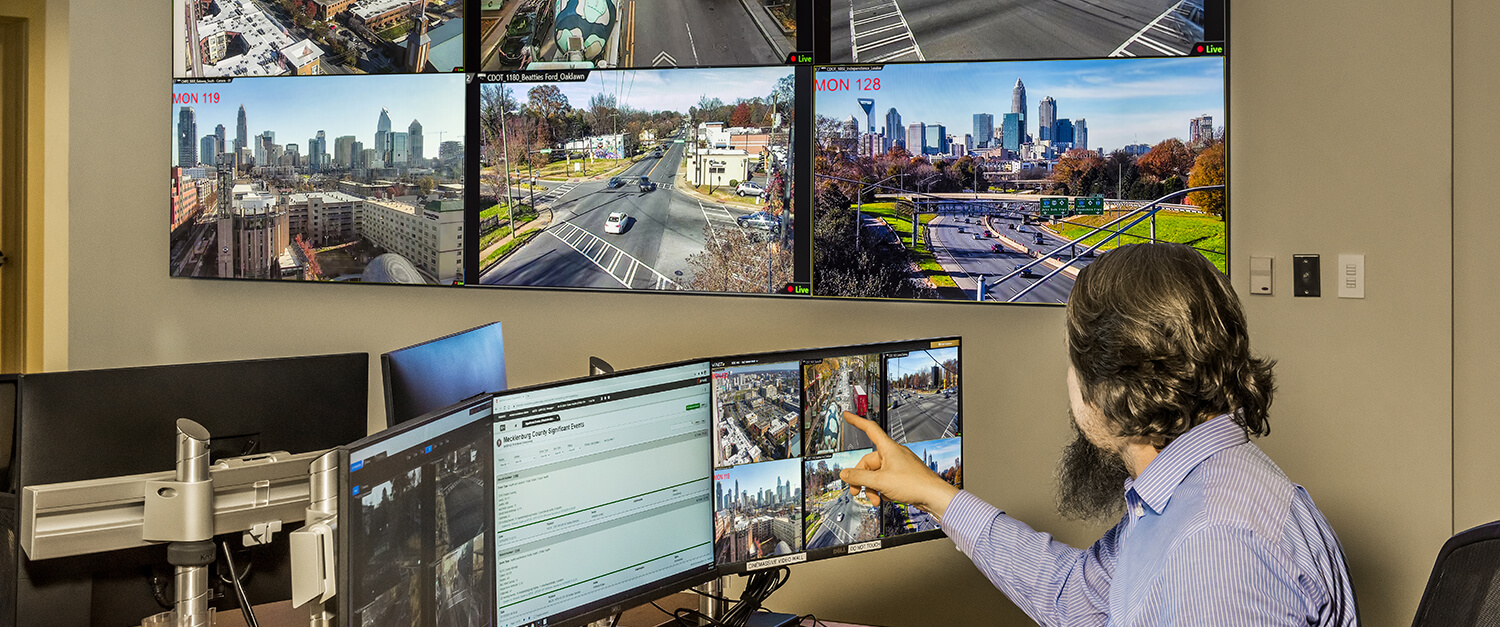
Charlotte, NC has been one of the nation’s fastest-growing cities in the U.S. for several years and that trend shows no signs of slowing down. Rapid growth has had its challenges – particularly for the Charlotte-Mecklenburg Police Department (CMPD) and the Charlotte Fire Department (CFD) tasked with safeguarding the safety and welfare of the community. To address these challenges, the City of Charlotte decided to revamp its existing Public Safety Operations infrastructure.
The original RTCC and Command Center technology lacked the advanced visual and situational awareness capabilities to support the sharing of real-time intelligence. In addition, the technology was not tightly integrated with the Video Management System (VMS) managing over 700 cameras across the city. This limited the speed at which facilities and departments could respond and effectively collaborate.
In 2019, the city began looking for a new visual collaboration system that could:
- Interoperate among three new control room facilities
- Allow non-engineering users to adjust content layouts across video walls without extensive training or back-end development or programming
- Provide a single, holistic operating environment with components developed and supported around the clock by a single vendor
- Easily integrate with the city’s current VMS system, dashboard tools, security applications, and other environments
Another challenge was the city’s tight timeframe for implementation. The entire system needed to be fully operational by the Republican National Convention in August of 2020. With an immovable deadline, delay or failure was not an option.
The Solution
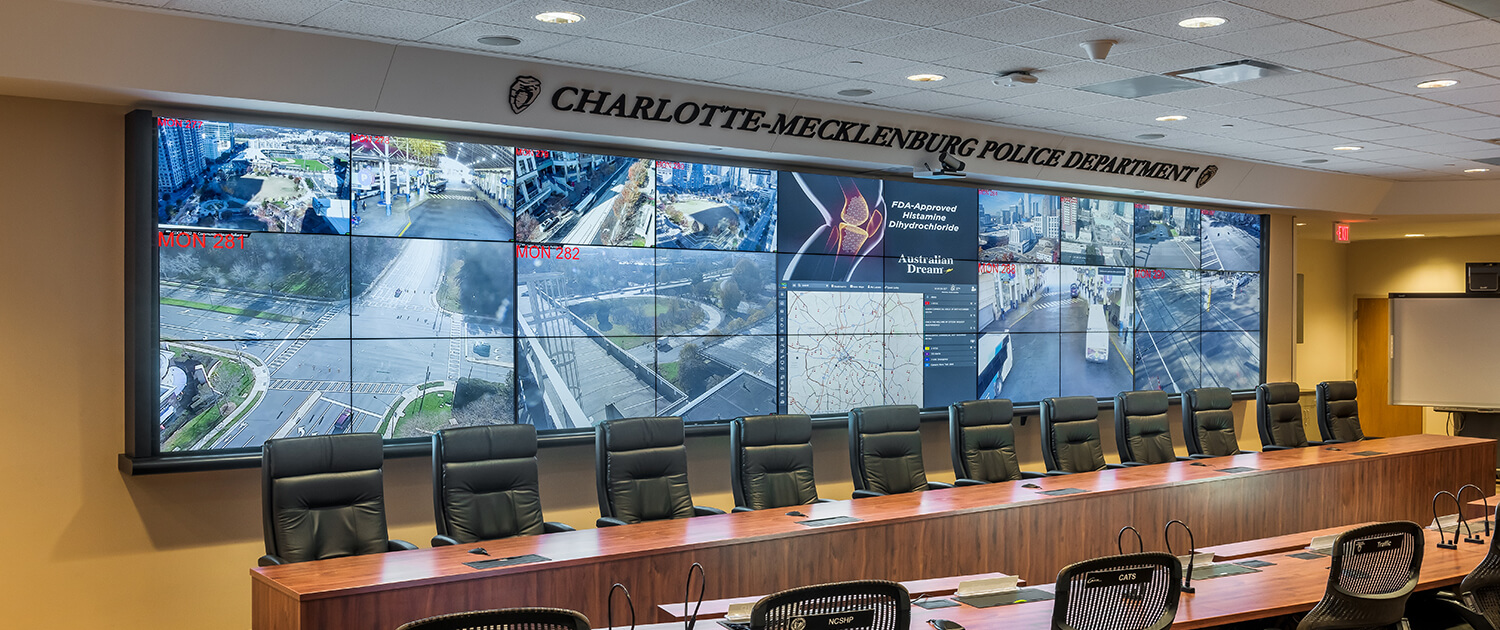
With responsibility for all technology for police, fire, and radio communications, the city’s Public Safety Technology Director established firm solution requirements. First and foremost, the city needed a single solution for each of the three locations that would address the interoperability and ease of use gaps in the current system. It would also need to be future-proof enough to integrate with future platforms and applications.
Since each of these spaces would be managing a constant stream of content from multiple sources (video feeds, data analytics, dashboards, maps, etc.), the platform would need to consume virtually any digital data. In addition, it would need to allow non-engineering staff to quickly create and modify wall layouts and behaviors in response to rapidly changing use cases and missions.
After much research, Haivision was selected to provide situational awareness across these mission-critical environments. Haivision’s video wall solution was the ideal platform for offering users complete control over video wall layouts and content arrangement. Because the platform is designed for non-technical users, Haivision’s platform also met the city’s ease-of-use requirements. This was important since the city could not guarantee around-the-clock onsite engineering resources.
Command Center
The Command Center operates on an as-needed basis for major police and joint government operations and events. Each operation in the Command Center is dictated entirely by the team using it at that time. Haivision provided a visualization solution that would allow teams to push content to the video wall with the devices they bring into the Command Center.
Real Time Crime Center (RTCC)
The RTCC serves as a patrol force multiplier and a post-incident review resource for the CMPD. By monitoring an integrated system of more than 700 IP cameras and license plate readers throughout the city, detectives in the crime center provide real-time information to patrol units and command. The RTCC’s recording capabilities also allow for investigative information to be shared with detectives. Additionally, officers can review the effectiveness of tactics during operations to help inform debriefings with officers in the field and command.
Emergency Operations Center (EOC)
A new room located within the Fire Department Headquarters, the EOC is designed for emergency management and response. Operators who staff the room monitor and manage content across multiple sources and dashboards. First Alert, IP cameras, TV tuners, and 14 additional HDMI connections spread out across the room are all managed through a series of multiple video walls across two perpendicular walls. Haivision’s solution gives the EOC the ability to activate at a moment’s notice.
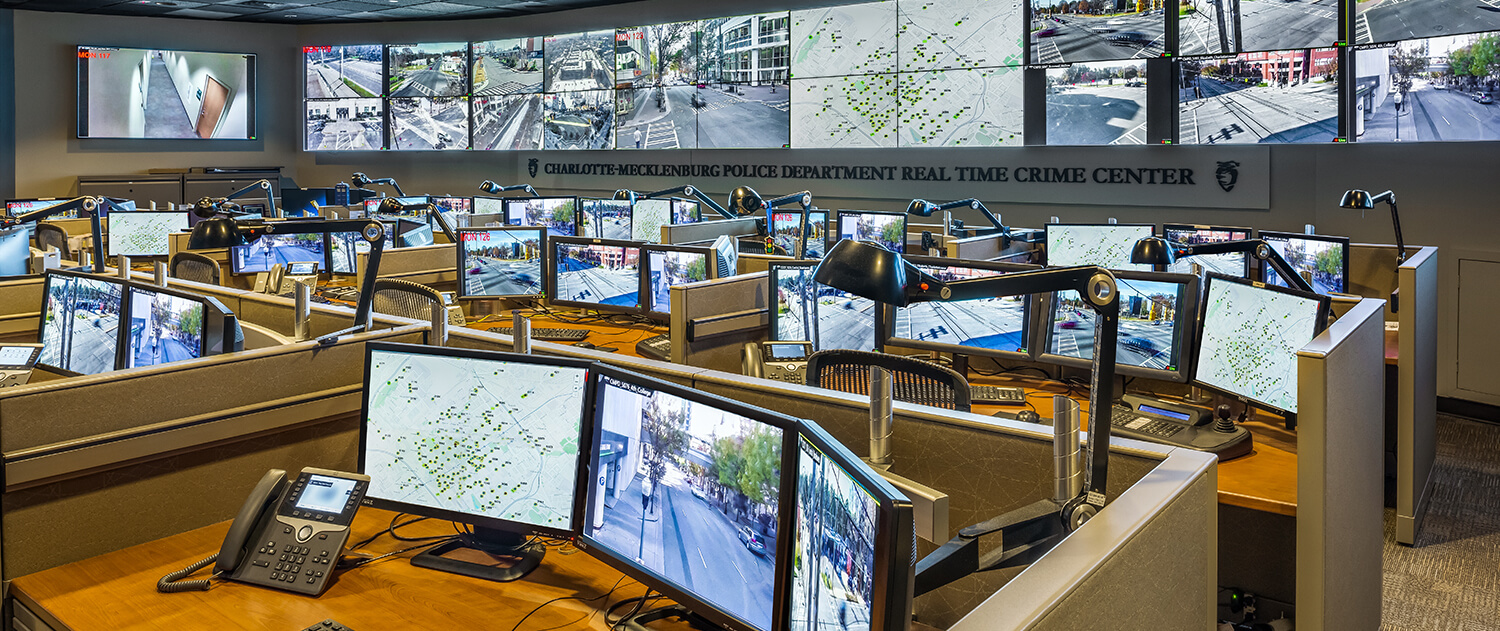
The Result
Haivision has allowed the City of Charlotte to vastly improve its ability to monitor, investigate, and respond to public safety incidents more effectively. Collaboration across various teams and departments has also been improved. Thanks to Haivision’s advanced visual and situational capabilities, real-time sharing of critical intelligence from a variety of sources has never been easier.
Just as importantly, the video wall platform has provided a level of simplicity not often found in sophisticated visual collaboration and video wall solutions. Non-engineering resources can adjust layouts, content, and dashboard information in each of the three facilities, and interoperability with other departmental IT environments is no longer a concern.
Additional Reading
WSOCTV.com – Real Time Crime Center Fights Crime, Saves Taxpayers Money
Charlotte-Mecklenburg Police Department – Real Time Crime Center Presentation

